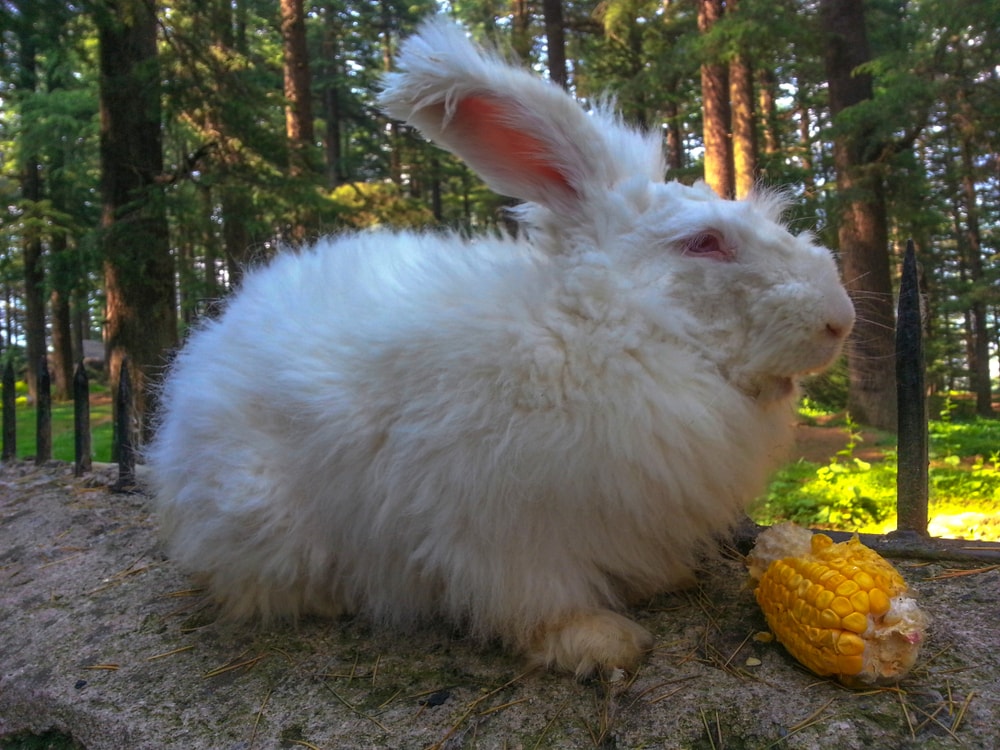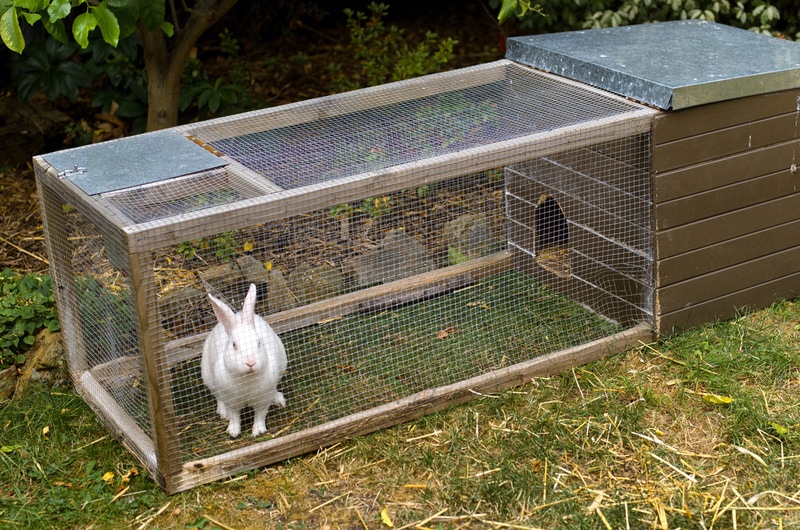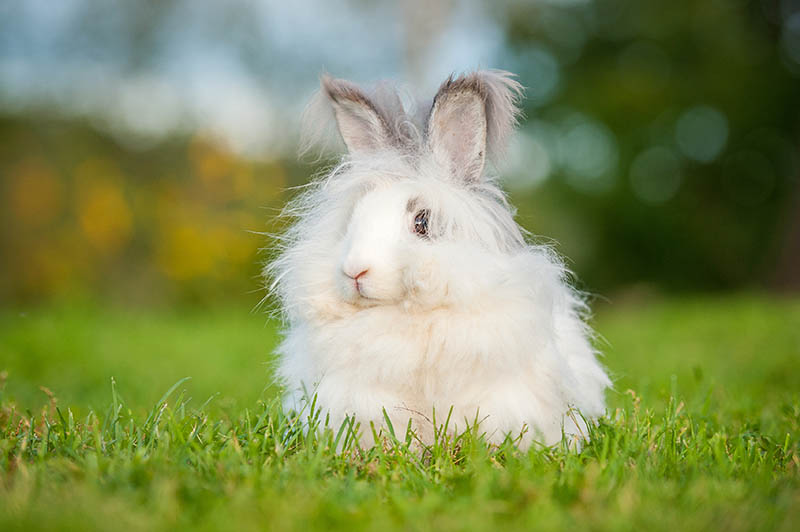Fauve De Bourgogne Rabbit Breed: Pictures, Care Guide, Lifespan & Traits

Updated on
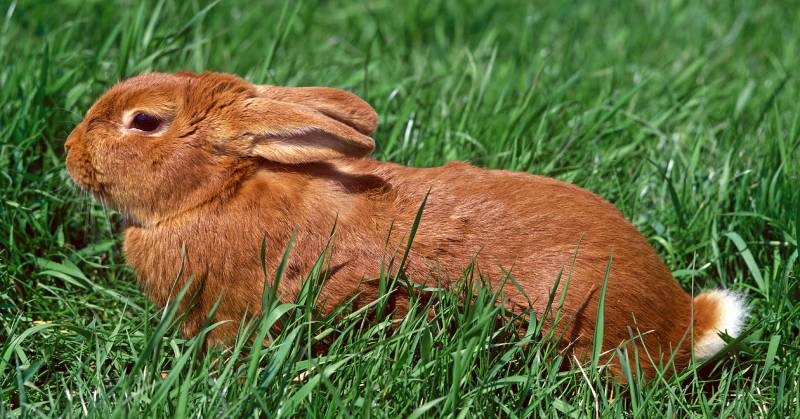
Click to Skip Ahead
The Fauve de Bourgogne rabbit is a versatile and friendly breed with a unique appearance that sets it apart from other rabbits. This guide will provide you with all the essential information about this medium-sized breed, helping you decide if it’s the right fit for you.
| Size: | Medium |
| Weight: | 6–8 pounds |
| Lifespan: | 5–8 years |
| Similar Breeds: | Champagne d’Argent, Belgian Hare, English Spot |
| Suitable for: | Families, singles, experienced rabbit owners |
| Temperament: | Friendly, curious, adaptable |
This rabbit breed is known for its beautiful fawn-colored coat and gentle, social nature. They are excellent companions and can also be used for meat and fur production. Their adaptable temperament makes them suitable for a variety of homes and lifestyles.
Fauve De Bourgogne Breed Characteristics
 How Much Do These Rabbits Cost?
How Much Do These Rabbits Cost?
Fauve de Bourgogne rabbits are relatively rare outside of their native France, but they can still be found through specialized breeders and rabbit shows. Prices may vary depending on factors such as pedigree, age, and availability. Some can cost $250 or more. It’s essential to research and find a reputable breeder to ensure the health and well-being of your rabbit.
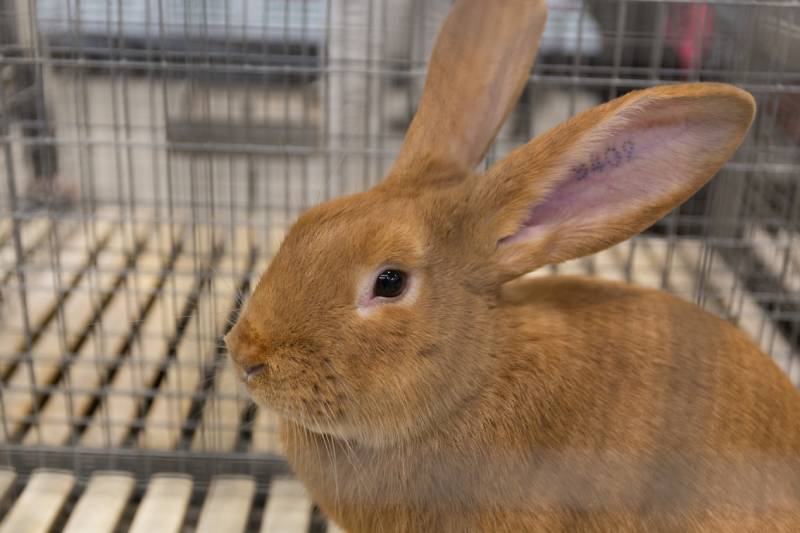
Temperament & Intelligence of the Fauve De Bourgogne
Fauve de Bourgogne rabbits are known for their friendly and curious nature. They enjoy interacting with their owners and can be quite intelligent, making them entertaining pets. They are also adaptable, adjusting well to various environments and situations.
Do These Rabbits Make Good Pets? 👪
Yes, Fauve de Bourgogne rabbits make excellent pets for families, singles, and experienced rabbit owners. Their friendly and adaptable nature makes them suitable companions for a variety of households.
Does This Rabbit Get Along With Other Pets?
Fauve de Bourgogne rabbits typically get along well with other rabbits and can coexist peacefully with other household pets, such as dogs and cats, provided they are introduced properly and supervised during interactions.
Things to Know When Owning a Fauve De Bourgogne:
Food & Diet Requirements 🥕
Fauve de Bourgogne rabbits require a well-balanced diet to maintain optimal health. Their diet should primarily consist of high-quality hay, such as Timothy hay or orchard grass, which promotes healthy digestion and dental health. Hay should make up about 70% of their diet. In addition to hay, provide a variety of fresh vegetables daily, such as leafy greens, bell peppers, and herbs. Aim for approximately 1–2 cups of vegetables per 4–6 pounds of body weight.
Pellets can also be included in their diet but should be fed sparingly–approximately 1/4 cup per 4–6 pounds of body weight. Look for high-quality pellets with a minimum of 18% crude fiber content and avoid those with added sugars or seeds. Fresh water should always be available for your rabbit, preferably provided in a heavy ceramic bowl or a gravity-fed water bottle.

Habitat & Hutch Requirements 🏠
A Fauve de Bourgogne rabbit’s living space should be spacious and comfortable to ensure their overall well-being. The hutch or cage should be at least four times the length of your rabbit when fully stretched out, with ample room for them to stand up on their hind legs without hitting the top. Ideally, the hutch should have separate areas designated for sleeping, eating, and elimination.
The sleeping area should contain soft bedding material such as hay, straw, or shredded paper. A hide box or covered area where your rabbit can retreat for privacy and rest is also essential. For the eating area, provide a heavy ceramic food dish and water source. In the elimination area, place a litter box filled with rabbit-safe litter, such as paper-based or wood-pellet products.
An outdoor run or playpen is vital for your rabbit’s exercise and mental stimulation. Ensure the run is secure and predator-proof, with a solid floor or buried wire mesh to prevent digging. Provide shade and hiding spots for protection from the elements and predators.
Exercise & Sleeping Needs 🐇
Daily exercise is crucial for maintaining a Fauve de Bourgogne rabbit’s physical and mental health. Allow your rabbit several hours of supervised time outside their hutch each day, either in a secure outdoor run or a bunny-proofed indoor space. Providing toys, tunnels, and opportunities to explore and interact with their environment will keep them engaged and help prevent boredom-related behaviors.
Ensure your rabbit has a comfortable and quiet place to sleep and rest within their hutch. A hide box or covered area with soft bedding material will provide them with a sense of security and privacy.
Training 🥎
Rabbits, including Fauve de Bourgogne, can be trained to some extent with patience and positive reinforcement. Litter training is often achievable by placing a litter box in the corner of their hutch where they naturally choose to eliminate. Encourage proper litter box use by placing soiled bedding or droppings into the box and rewarding your rabbit with praise or a small treat when they use it correctly.
Teaching simple tricks, such as coming when called or performing agility tasks, is possible with consistent, gentle guidance. Use small treats and praise as rewards for desired behaviors, and avoid punishment or negative reinforcement, as this can damage the trust between you and your rabbit.
Grooming ✂️
Regular grooming is essential to maintaining a healthy coat and preventing hairball formation in Fauve de Bourgogne rabbits. Brush your rabbit at least once a week using a soft-bristle brush or a slicker brush designed for small animals. During shedding seasons, increase grooming frequency to daily or every other day to manage loose fur.
In addition to brushing, monitor your rabbit’s nails and trim them every 4–6 weeks using a small animal nail clipper. If you’re unsure how to trim your rabbit’s nails, consult a veterinarian or an experienced rabbit owner for guidance.
By providing comprehensive care, including proper diet, habitat, exercise, training, and grooming, you can ensure the health and happiness of your Fauve de Bourgogne rabbit throughout their life.
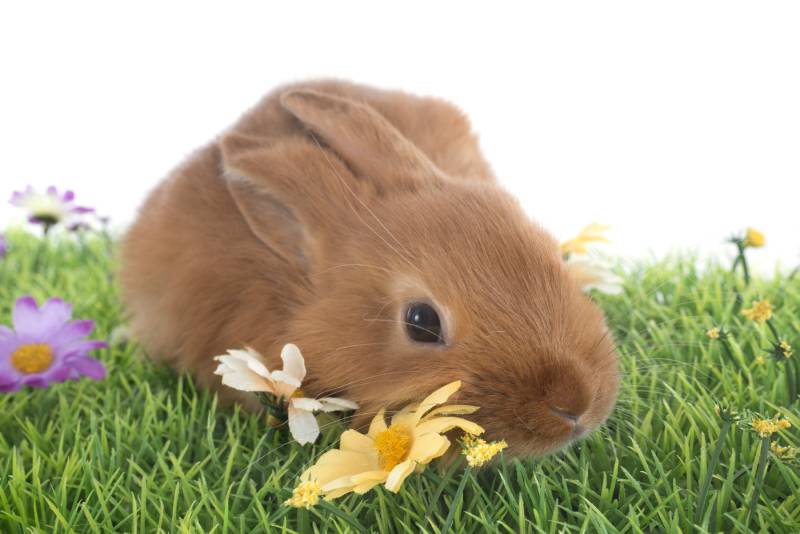
Lifespan and Health Conditions of Fauve de Bourgogne Rabbits 🏥
Fauve de Bourgogne rabbits typically have an average lifespan of 5–8 years. However, with proper care and attention to their needs, some individuals may live longer. To ensure the health and well-being of your Fauve de Bourgogne rabbit, it is essential to provide a balanced diet, regular exercise, and routine veterinary check-ups.
- Ear mites
- Overgrown nails
- Dental issues
- Gastrointestinal stasis
Dental Issues
Like all rabbits, Fauve de Bourgogne rabbits have continuously growing teeth that can lead to dental problems if not properly managed. Overgrown teeth can cause pain, difficulty eating, and even infections. To prevent dental issues, provide your rabbit with a high-fiber diet, primarily consisting of hay, which helps wear down their teeth naturally. Regular veterinary check-ups can also help identify and address dental problems early on.
Gastrointestinal Stasis
Gastrointestinal (GI) stasis is a potentially life-threatening condition in which a rabbit’s digestive system slows down or stops completely. This condition can be caused by stress, dehydration, an improper diet, or underlying health issues. Signs include reduced appetite, small or absent fecal pellets, and lethargy. If you suspect your rabbit is experiencing GI stasis, consult a veterinarian immediately. Preventative measures include providing a balanced diet rich in fiber (hay) and fresh water, as well as minimizing stressors in their environment.
Ear Mites
Ear mites are tiny parasites that can infest a rabbit’s ears, causing itching, inflammation, and discharge. Regularly inspecting your rabbit’s ears for signs of redness, swelling, or discharge can help catch ear mite infestations early. Consult a veterinarian for appropriate treatment options if you suspect your rabbit has ear mites. Keeping your rabbit’s environment clean and following proper hygiene practices can help prevent ear mite infestations.
Overgrown Nails
Rabbits have nails that grow continuously and require regular trimming to prevent overgrowth. Overgrown nails can cause discomfort, difficulty walking, and may even become infected if left unattended. To maintain your rabbit’s nail health, trim their nails every 4–6 weeks using a small animal nail clipper.
 Male vs Female
Male vs Female
There are no significant differences in temperament or behavior between male and female Fauve de Bourgogne rabbits. However, spaying or neutering is recommended to prevent unwanted litters and potential health issues related to reproductive organs.
3 Little-Known Facts About Fauve De Bourgogne
1. The breed originated in France in the early 20th century.
2. They were initially bred for meat and fur production.
3. Fauve de Bourgogne rabbits have a unique fawn-colored coat that sets them apart from other breeds.

Final Thoughts
The Fauve de Bourgogne rabbit is a friendly, adaptable, and beautiful breed that makes an excellent companion for experienced rabbit owners. With proper care, including a balanced diet, spacious living quarters, and regular grooming, these rabbits can thrive in various households and lifestyles. Their unique appearance and gentle nature make them a fantastic choice for those seeking a sociable and engaging pet.
Featured Image Credit to: slowmotiongli, Shutterstock
 How Much Do These Rabbits Cost?
How Much Do These Rabbits Cost?
